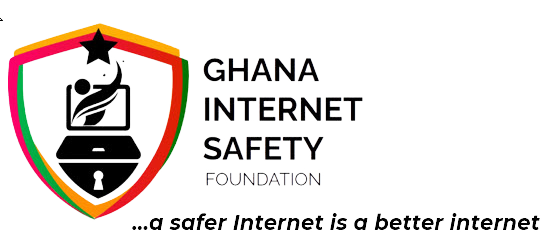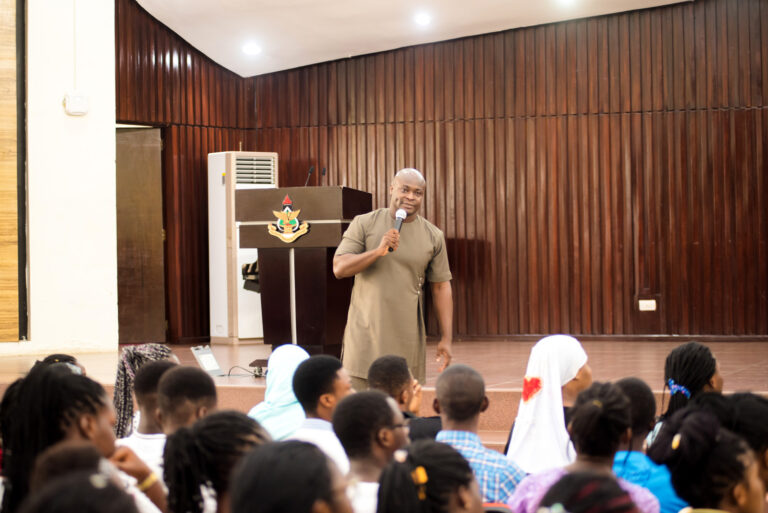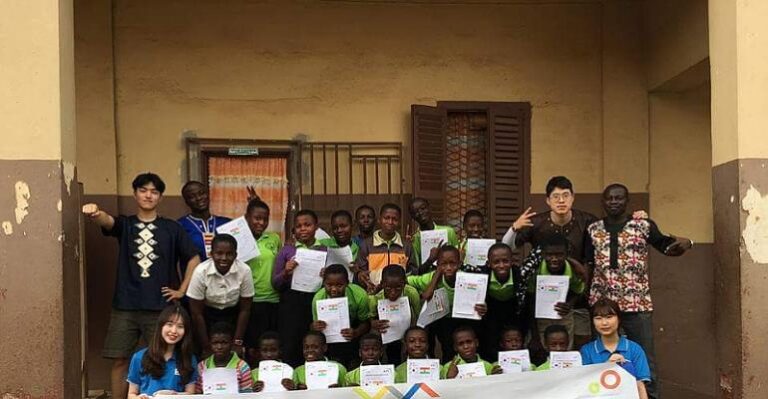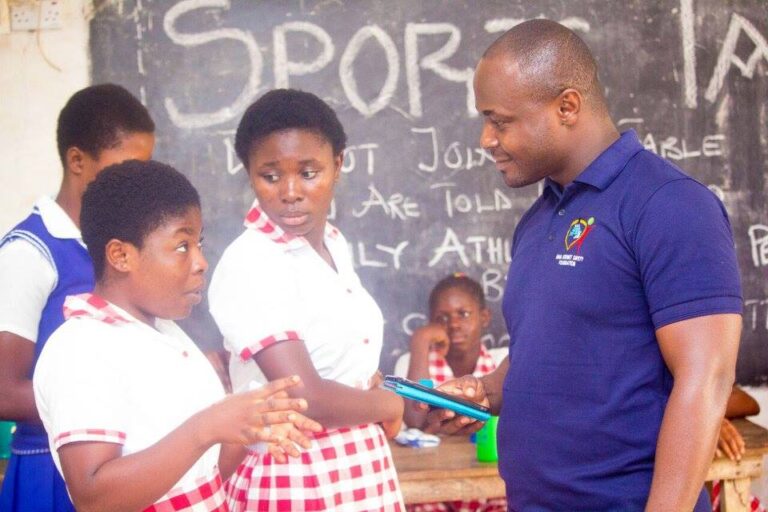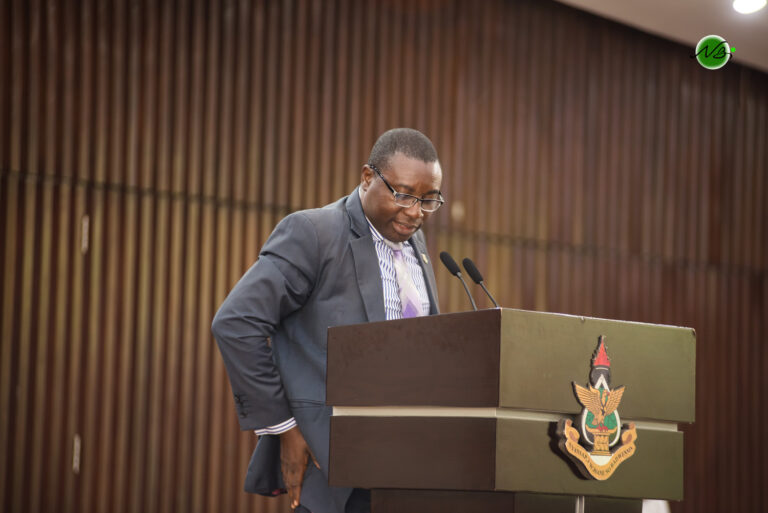In a powerful keynote address during the Children and Screen Media forum held recently, Mr. Emmanuel Adinkrah, President of the Ghana Internet Safety Foundation (GISF), Founder of the Trust and Safety Africa Academy, and a member of the Trust and Safety Professional Association (TSPA), called for urgent, African-rooted reforms to protect children from digital harm and online predators.
“Placing children at the heart of digital safety is not just a policy matter—it is a moral imperative. In our African value systems, we say ‘It takes a village to raise a child.’ Today, it will take a digital village to protect them too,” he stated.
A New Kind of Childhood in a Digital Africa
Mr. Adinkrah painted a picture of a rapidly changing African childhood where smartphones, tablets, and social media have become everyday companions. He acknowledged the benefits but also warned of the hidden risks.
“Our children are growing up more tech-savvy than ever,” he said. “But while we celebrate their digital brilliance, we must also acknowledge the lurking dangers. These platforms can uplift—or they can endanger.”
He noted how predators exploit the open, unregulated nature of the internet, particularly in regions where child protection policies remain underdeveloped.
From Reaction to Prevention: Prioritize Offender Disruption
Citing alarming trends in cyberbullying, grooming, sextortion, and exposure to harmful content, Mr. Adinkrah made a clarion call to shift from a reactive to a preventive approach.
“Waiting for harm before acting is a luxury we cannot afford. Offender disruption must sit at the heart of every digital safety strategy—especially in Africa, where our children must be protected like the precious seeds they are.”
Data That Should Alarm Every African Parent
Drawing on global and local statistics, Mr. Adinkrah revealed a sobering reality:
• African children aged 8–13 now spend up to 8 hours a day on screens.
• One in five has encountered harmful or exploitative content.
• Online grooming and abuse cases have sharply risen since 2020.
“These aren’t abstract figures. In every city, town, and village—from Tamale to Takoradi, Lagos to Nairobi—there are children silently suffering because the digital walls meant to protect them are too weak,” he emphasized.
A Homegrown Framework for Action
Calling for “digital solutions rooted in African realities,” Mr. Adinkrah outlined a comprehensive plan that includes:
• Mandating child-first design principles on all platforms accessible to minors.
• Local content moderation policies that reflect African cultures and values.
• Deployment of AI tools to proactively detect grooming patterns.
• Community-driven digital literacy campaigns in schools, churches, mosques, and traditional settings.
• Strengthening laws to hold tech platforms accountable when harm occurs.
“Just as we protect children at the market, at school, or on the playground, so too must we protect them online—ɛyɛ asɛm kese (this is a serious matter),” he stressed.
A Collective African Response
Adinkrah emphasized the need for an African-led, multi-sectoral approach to online safety.
“This cannot be left to Silicon Valley alone. We need the wisdom of our chiefs, the reach of our teachers, the vigilance of our parents, and the boldness of our lawmakers. The drumbeat for action must rise from our own communities.”
Empowerment, Not Isolation
Rather than pulling children away from digital tools, Mr. Adinkrah advocated for raising them as informed and empowered digital citizens.
“Our ancestors taught us to face the lion, not hide from it.
In the same way, let us equip our children not to fear the digital world, but to navigate it wisely and safely.”
Mr. Adinkrah’s speech so far resonates as a rallying cry for urgent action to instill safe online activities.
